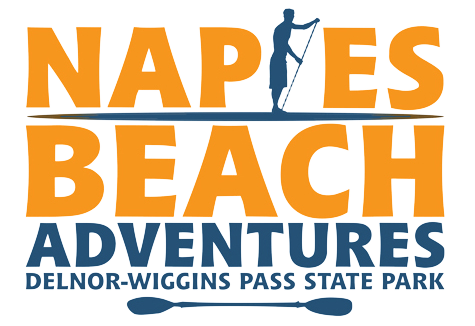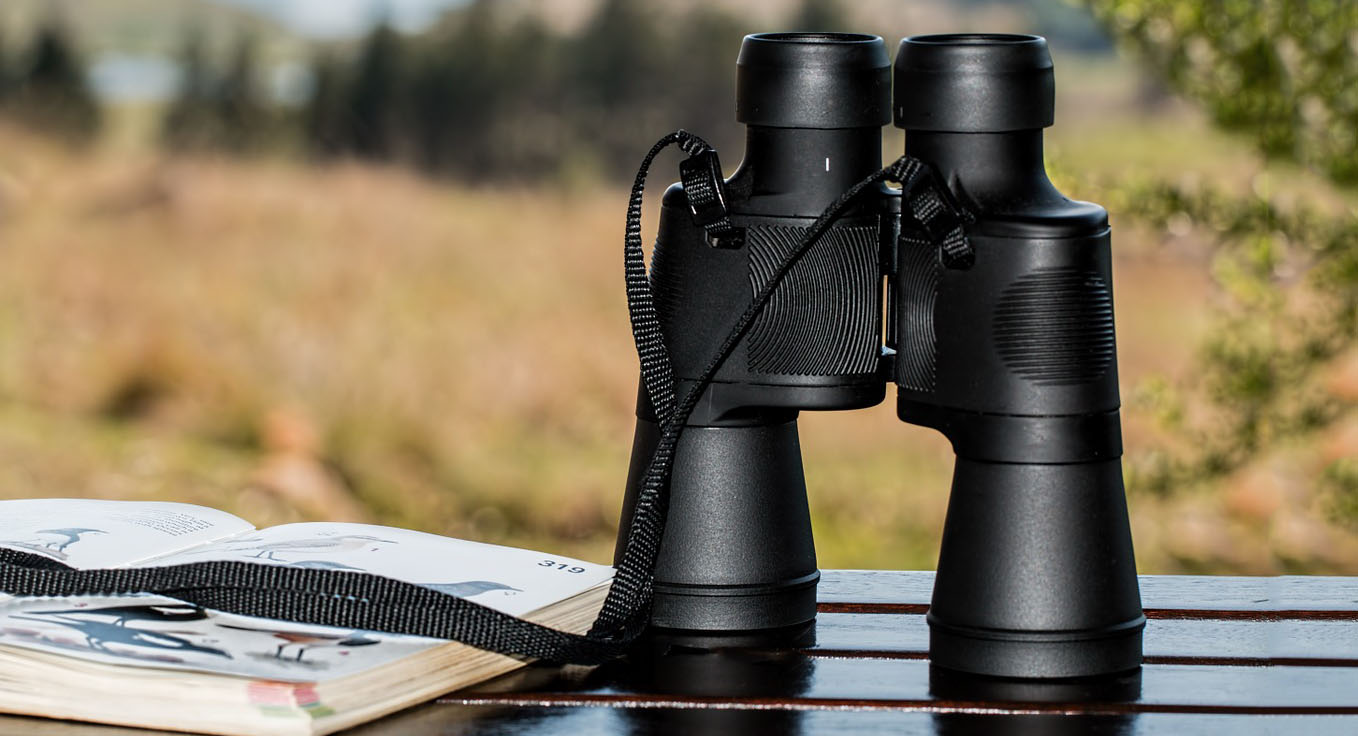Birding is a fun activity whether you watch the birds from your backyard or travel the world to see them. However, before you enjoy this activity, there are many things you need to understand, and these include the gear and tactics that will make you an excellent birder. Here are some ideas to consider as a beginner birder.
1. Binoculars
How much you enjoy birding will depend on how great the birds look through your binoculars. You need to get big, crisp, bright pictures through yours. Recently, binoculars became available at low prices. And you may be tempted to buy cheap binoculars for under $100. But, it would be worth to spend $300-350 for excellent images as well as light weight, and lifetime warranties. Some of the great models for beginners include Leupold Yosemite and Nikon Monarchs. It is recommended to get 7-power or 8-power binoculars because these have a good magnification, and the birds won’t keep hopping out of your view all the time.
2. Field guide
When you start seeing birds, you will begin to wonder what they are. One favorite guide is the Sibley guide. It has smaller portable Western and Eastern editions, or you can as well go for the full North American version. Other excellent guides include the National Geographic guide, Crossley Patterson’s, and Kauffman’s guides. You can also get more information on the sounds of many species on the All About Birds website.
3. Bird feeders
With a guide to help you and binoculars for viewing, the next thing is to bring the birds close enough where you can take a good look at them. There are many types of bird feeders. You can get the hummingbird feeder for summer (or throughout the year in other continents), suet feeder in winter, and the black-oil feeder. After obtaining these, you can then advance to the fruit, mealworms, millet, and thistle seeds to attract other types of bird species.
4. Spotting scope
At this point, you have nearly all the gear you need to be a birder; until you start looking at the Golden Eagle perched on a tree a quarter mile away, or shorebirds in mudflats, or ducks on the far end of the pond. A spotting scope is indispensable when it comes to getting clues about the identity of a species, and they are not cheap. However, as time goes, they are continuing to get cheaper with increasing quality.
5. Camera
With the proliferation of digital gadgets, you can take photos anytime anywhere. Even snapping a blurry image of a bird can help you get its ID. Birds are inherently artistic in nature, and even armature photographers are connecting with the birds by taking gorgeous pictures. There is a technique known as digiscoping, and it involves directing your camera through the binoculars or spotting scope, and even a cellphone can work as a camera.
6. Skills
Once you are out in the field and surrounded by birds, it is recommended to practice the four-step identification approach. So, judge the shape and size of the bird; look for its primary color pattern; note its behavior, and note what habitat it is found in. You will find many free online tutorials to help you practice these skills.
Birding is an excellent hobby, and you need to be well prepared with good binoculars, a field guide, bird feeders, spotting scope and camera, and then put your skills to test. Delnor-Wiggins Pass State Park is a perfect place to practice, give Naples Beach Adventures a call for more info!
A photo posted by Sarah & Jeremy (@snjbirding) on
Naples Beach Adventures
11135 GulfShore Drive
Naples, FL 34108
Parking Lot #4
(239) 596-9842

